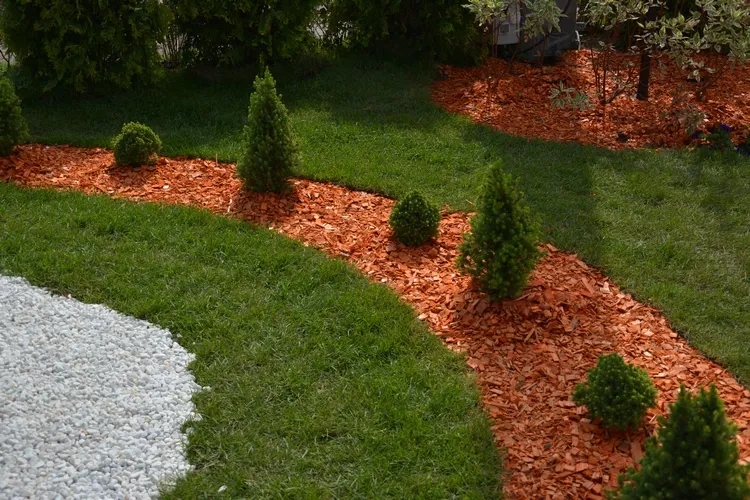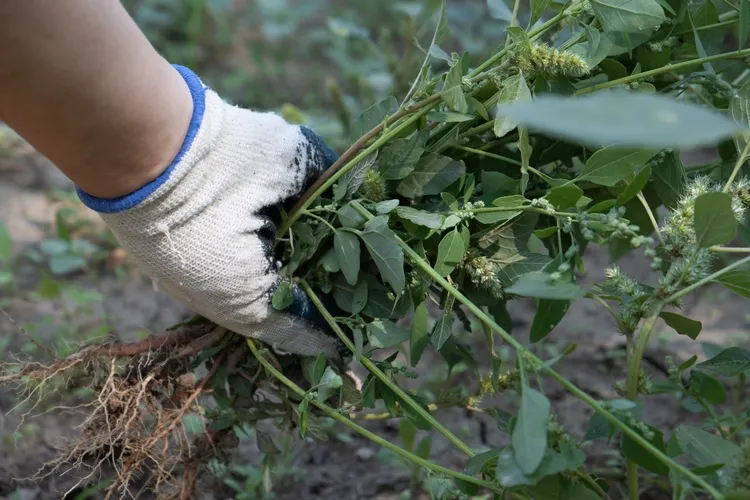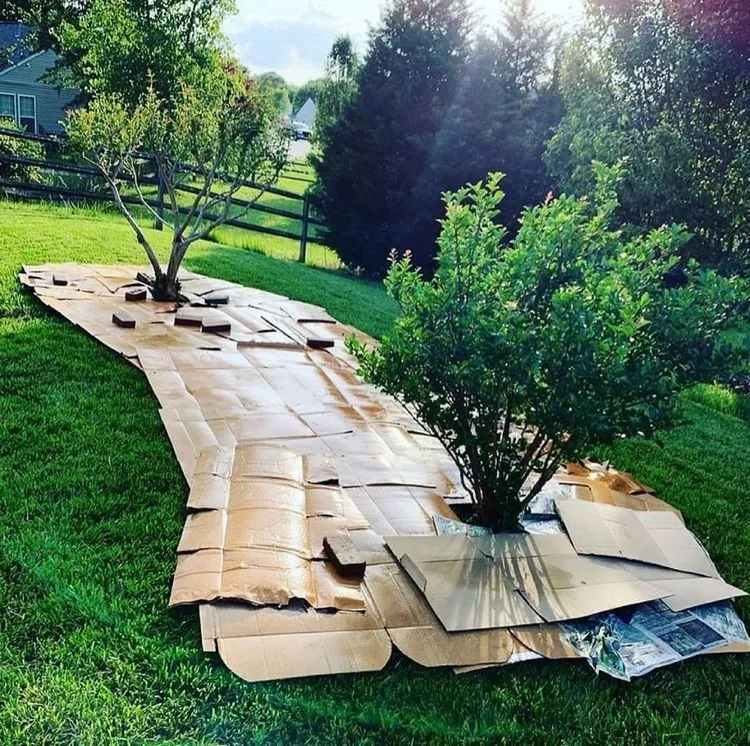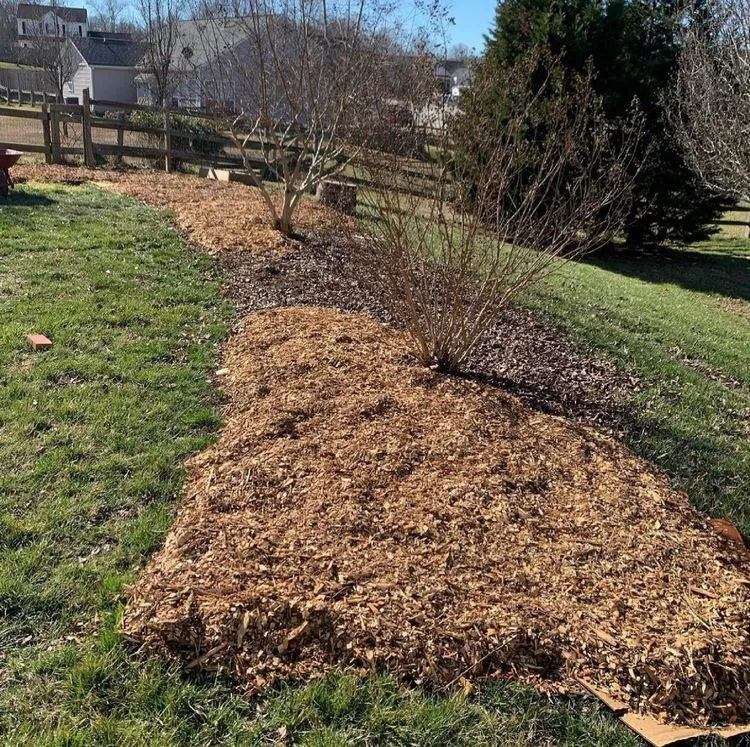A plot located on a slope evokes contradictory feelings. While for some it is a reason for frustration, for others it is an occasion to show their imagination and creativity, as well as to experiment and realize the most daring ideas. How to landscape such an area? Is sheet mulching on a slope effective? What are the advantages, and how to do it properly? Find out the answers!
What Are the Benefits of Sheet Mulching?
What is sheet mulching, and why is it so popular? Sheet mulching is a simple, natural method that combines composting and gardening in one process. It involves laying organic materials such as newspapers, cardboard, and compost directly on top of the soil. Each layer serves a specific purpose, such as weed suppression, moisture retention, and nutrient enrichment. Leaf mulching is an effective method of creating healthy soil.
What are the benefits of sheet mulching? Sheet mulching is also called “mulch lasagna” or “lasagna gardening” because of the layers. Here are some of the biggest advantages of this technique:
- Blocks weeds and suppresses their growth.
- Sheet mulching acts as an insulator for the soil and protects it from heat and frost.
- Reduces soil erosion.
- You can build soil using this technique as the layers break down over time and the organic materials are incorporated into the soil. This improves the structure of the soil and makes it more fertile.
- The layers improve water and nutrient retention in the soil.
How to Do Sheet Mulching on a Slope?
As we know, slopes vary in steepness. If yours is not really steep, applying sheet mulch is not going to be very difficult. However, if your land plot is on a very steep slope, you should consider terracing or tiered retaining walls so that your mulching does not “slide” downhill. Here are the steps you need to follow for sheet mulching on a slope.
Step 1: Get the Materials
Make a list of what you’ll need and get all the materials. You will need enough cardboard or newspapers to cover the soil, mulch, and organic matter (compost). The number of layers depends on you. You can use woodchips, bark, straw, leaves, crop waste, etc. Optionally, you can use burlap cloth, as it works very well on slopes.
Step 2: Prepare the Slope
Before applying any mulching, you need to remove any existing plants, weeds, rocks, debris, branches, etc. To make the land plot as flat as possible, level all bumps and holes. If you have an existing irrigation system, mark the position of the sprinkler heads and make sure to cap them before you proceed. Soak the soil before you proceed with layering the carboard/newspaper. If you plan to plant any trees or shrubs, now is the time to do that. Once you apply the layers, it will be more difficult to plant anything.
Also read: Unique Outdoor Vegetable Garden Ideas for Your Patio or Small Backyard
Step 3: Lay Down the Cardboard/Newspaper Layer
The first layer works as a weed barrier. It blocks sunlight, and without it, weeds will not be able to grow. If you use cardboard, remove all labels, tape, and staples. If you use newspapers, you may need at least 2-3 layers so that your barrier is thick enough. Make sure to overlap the materials and avoid making holes in the cardboard or newspapers or tearing them. This will not allow weeds to penetrate through gaps. Once you have covered the whole area, wet the cardboard/newspaper layer so that it is not blown away.
Step 4: Add a Layer of Compost
Add a layer of compost or manure over the cardboard. Make sure it is about 1-2 inches (2,5–5 cm) deep. Once the compost is layered, soak it with water to aid the process of decomposition.
Also read: How to Make Liquid Compost? A Simple and Easy Method to Stimulate Soil Health and Fertility
Step 5: Add a Layer of Mulch
It is time to add a layer of mulch over the compost. Make sure that the layer is between 4-6 inches (10–15 cm) thick. If you have plants, leave openings around the roots for air circulation. Water the mulch to prevent it from being blown away.
What Type of Mulch Is Best for Slopes?
Applying mulch on a slope means that you need to choose the best option that will resist erosion from wind or rain. Light, loose mulches like straw or leaves, for example, can be washed or blown away in cases of heavy rain or strong winds. Experts recommend using heavier materials like shredded bark, wood nuggets, vineyard waste, etc.
Also read: 5 Options for Eco-Friendly and Natural Nitrogen Fertilizer for Plants







